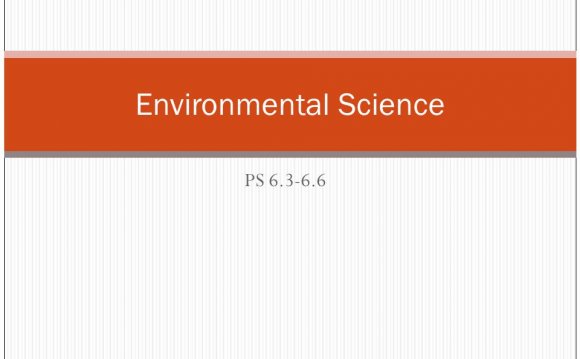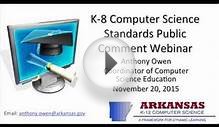
 One of the most exciting things to ever happen to U.S. environmental education has come from the developers of the Next Generation Science Standards (NGSS). The reasons for this may not be immediately obvious, but let me explain.
One of the most exciting things to ever happen to U.S. environmental education has come from the developers of the Next Generation Science Standards (NGSS). The reasons for this may not be immediately obvious, but let me explain.
The “Next Gen” science standards (first published in May 2013) came in response to a longstanding frustration with both the declining overall quality of science education in America and how few young people these days are choosing professions and careers in science and engineering. Experts describe the need to increase the number of high school graduates who choose scientific and technical majors in college and community college as a critical concern for the country’s economic future.
This need caused the National Research Council to devote major thought, time and effort to the development of a wholly new way of teaching science and engineering. The Council consulted with the experts and employed effective organizations such as Achieve, Inc. with support from the National Science Teachers Association, in developing a new way of organizing and approaching science, technology, engineering and math (STEM education) in America. Importantly, education leaders from 26 states were involved in crafting the new standards.
Perhaps the simplest way to explain how the Next Gen standards differ from previous science standard efforts is to focus on how much they emphasize real world contexts for education and the weight they place on young people learning to think and act like scientists and engineers while they are learning. In many respects, the standards are meant to do for science what a separate set of guidelines known as the Common Core do for English and mathematics: raise the quality of student learning through a focus on critical thinking and primary investigation.
The NGSS use a three part structure of: a) core principles, b) scientific and engineering practices, and c) cross cutting subjects. This integration of these approaches differs from the way traditional classroom science is taught. Dr. Stephen Pruitt, CEO of Achieve, the organization that headed up the NGSS effort, notes that this combination of educational goals and approaches is good for improved science and engineering education and for environmental literacy too. When it comes to their relationship to environmental education, he says, “The standards do not shy away from using the environment.” He goes on the say: “It is fairly easy to use the environment to teach multiple things in science.”
When it comes to their relationship to environmental education, he says, “The standards do not shy away from using the environment.” He goes on the say: “It is fairly easy to use the environment to teach multiple things in science.”
With that in mind, here are five key reasons the Next Generation Science Standards are very good news for environmental education and environmental literacy in America.
1. The NGSS contain a major content focus on science related to the environment — energy, nature, climate, sustainability and the earth
Some estimate that nearly one half of all the content in the new standards connects to scientific subjects traditionally viewed as part of a comprehensive environmental and sustainability studies course. Moreover, because the new standards use a framework of understanding how humans impact the Earth, they are effective new tools for environmental education in subjects such as biodiversity, wildlife, weather systems, agriculture, transportation, health care, green chemistry, green technology and more.
2. The NGSS embody new ways of teaching science that blend well with longstanding environmental education principles and methods
In the late 1970s, the professional environmental education field came to grips with the need for environmental education to focus on skill development and the practical application of skills. The EE community has since operated under the aegis of constructivist learning strategy that, in simple terms, places emphasis on a student understanding the underlying concepts and then being able to apply them in a real world setting. An example might be addressing a local pollution problem or improving nearby wildlife habitat. The environmental educator community distinguished itself from traditional science education with this focus on teaching skills that can be applied in a real world context. The NGSS support this approach with a new “science in action” focus. This means they are more in alignment with longstanding environmental education principles especially though their three-part relationship among core concepts, cross cutting topics and actual practices.
When the National Science Teachers Association looks at the NGSS they are clear that they establish seven conceptual shifts that demonstrate are mostly new and different from how science is being taught in many classrooms. They are:- K–12 science education should reflect the interconnected nature of science as it is practiced and experienced in the real world.
- The NGSS are student performance expectations, not curriculum.
- The science concepts in the NGSS build coherently from kindergarten through 12th grade.
- The NGSS focus on deeper understanding of content as well as application of content.
- Science and engineering are integrated in the NGSS, from kindergarten through 12th grade.
- The NGSS is designed to prepare students for college, career, and citizenship.
- The NGSS and Common Core State Standards (English language arts and mathematics) are aligned.
The Association sheds light on this by saying: “The NGSS are intended to reflect a new vision for science education.”
RELATED VIDEO












